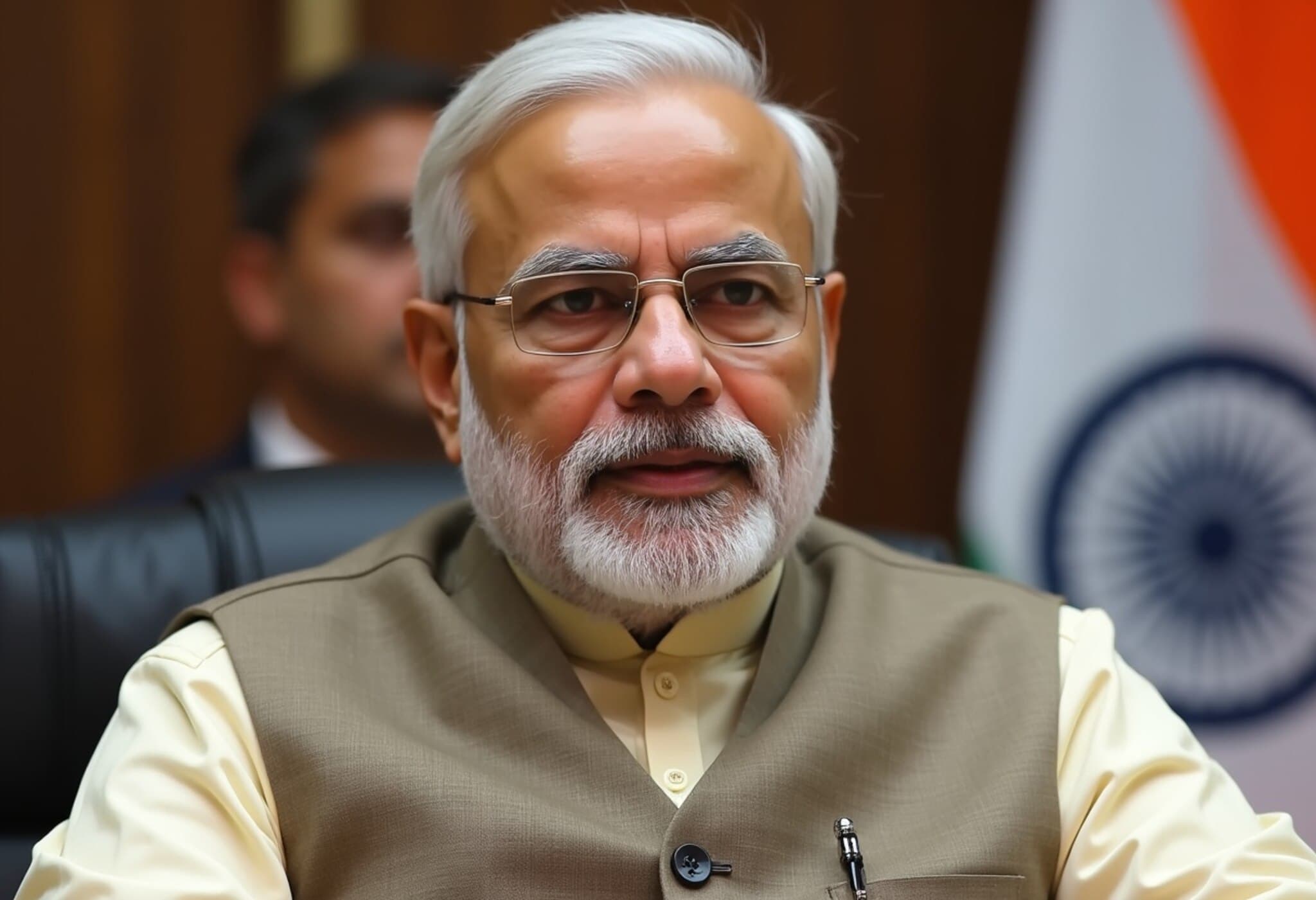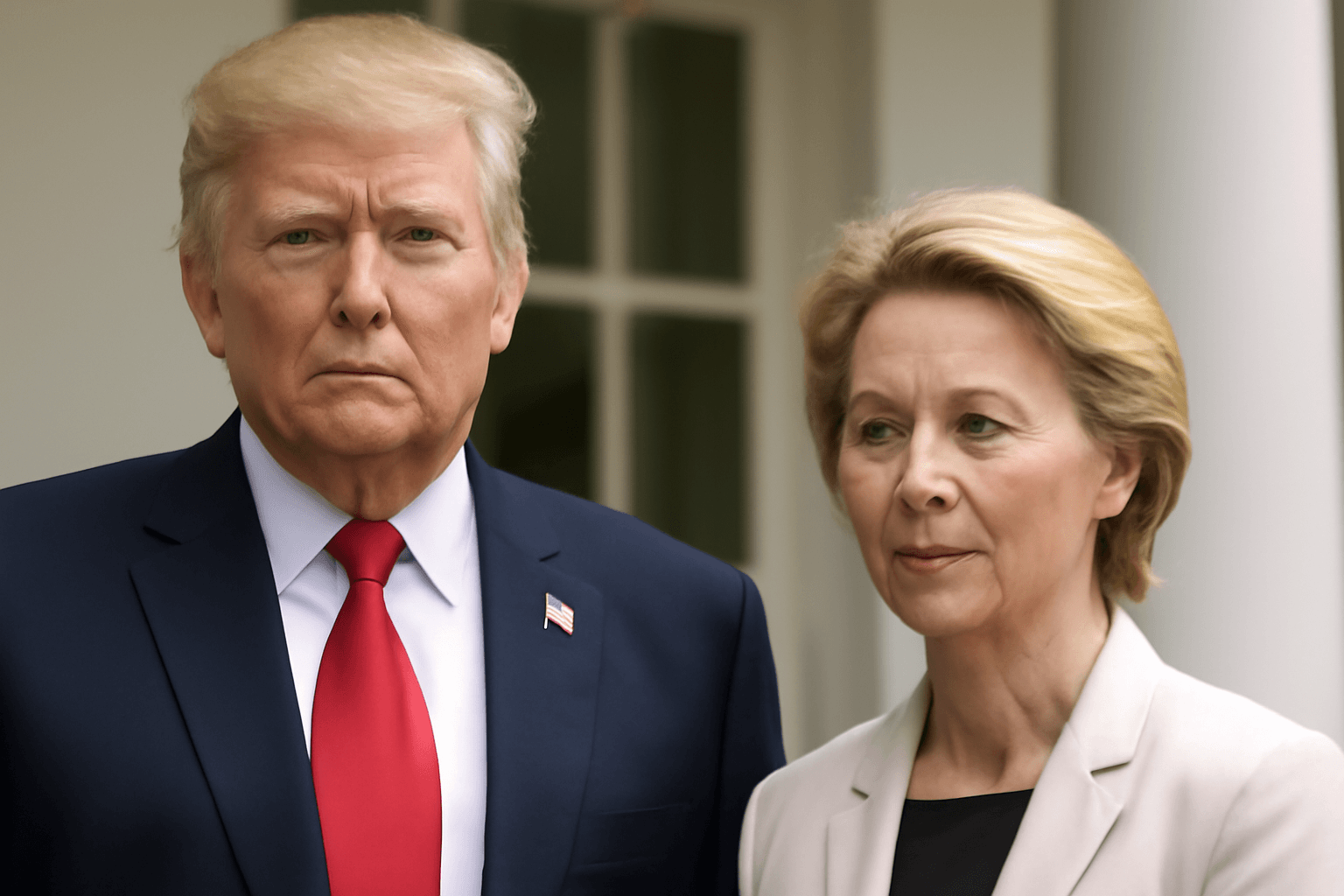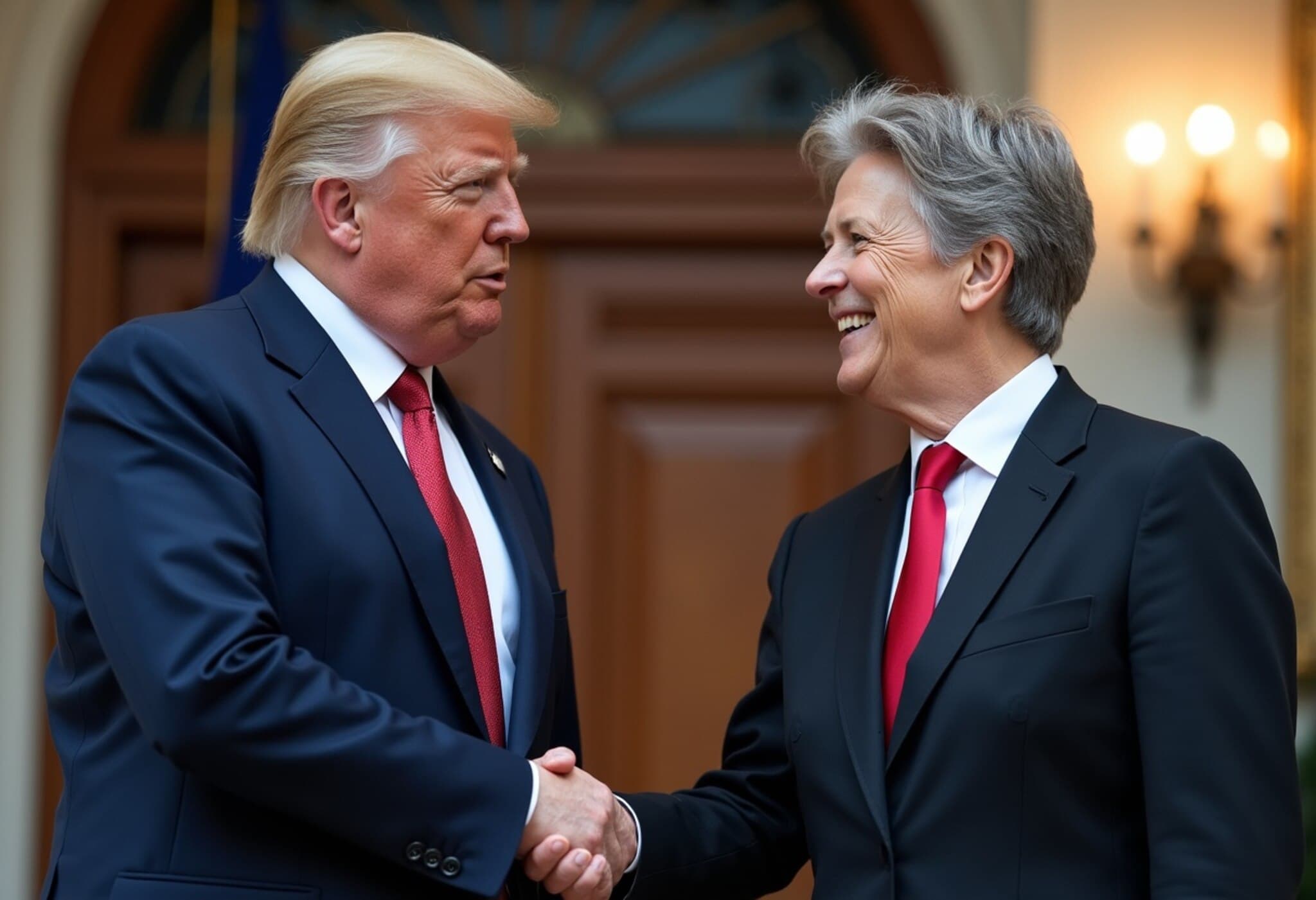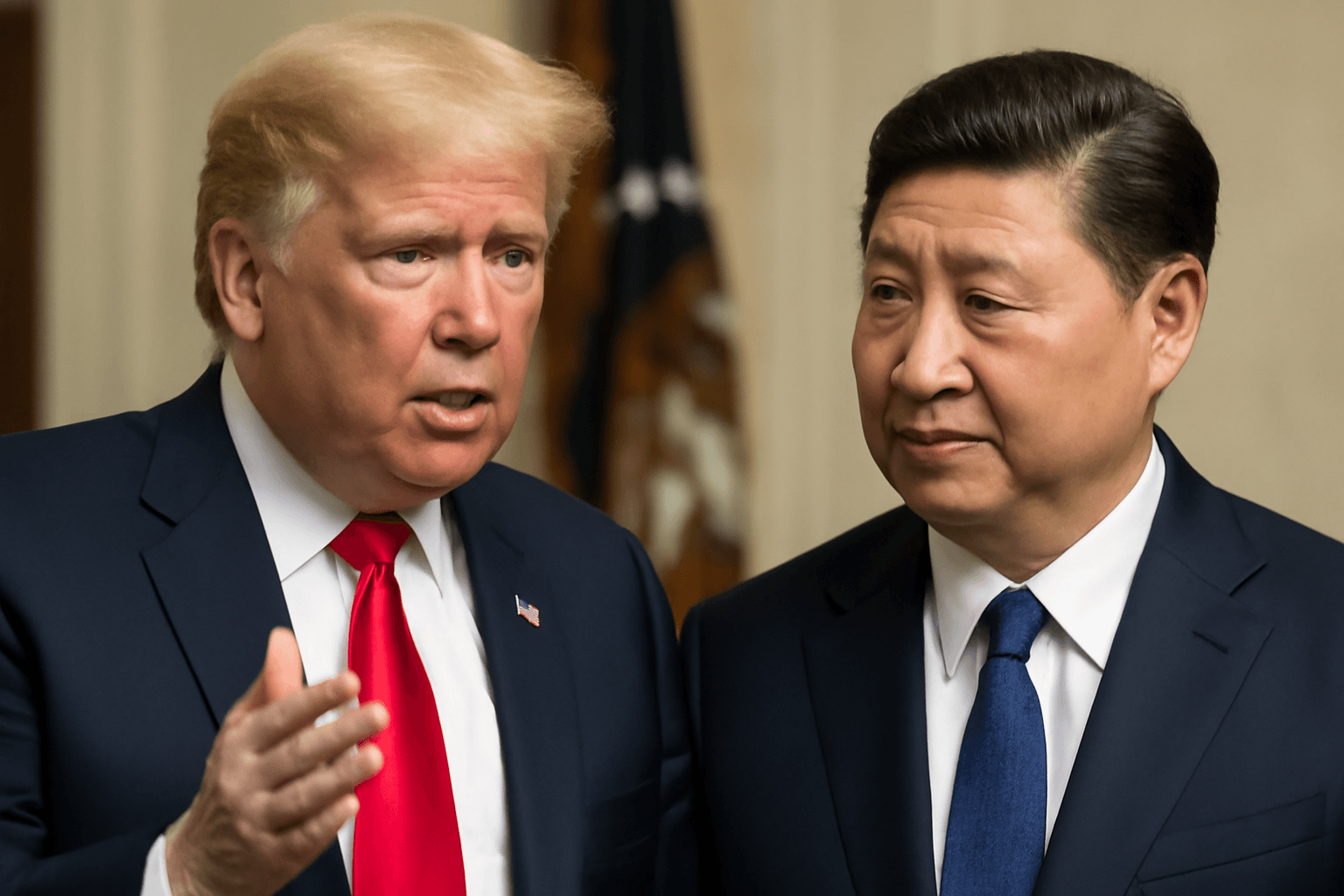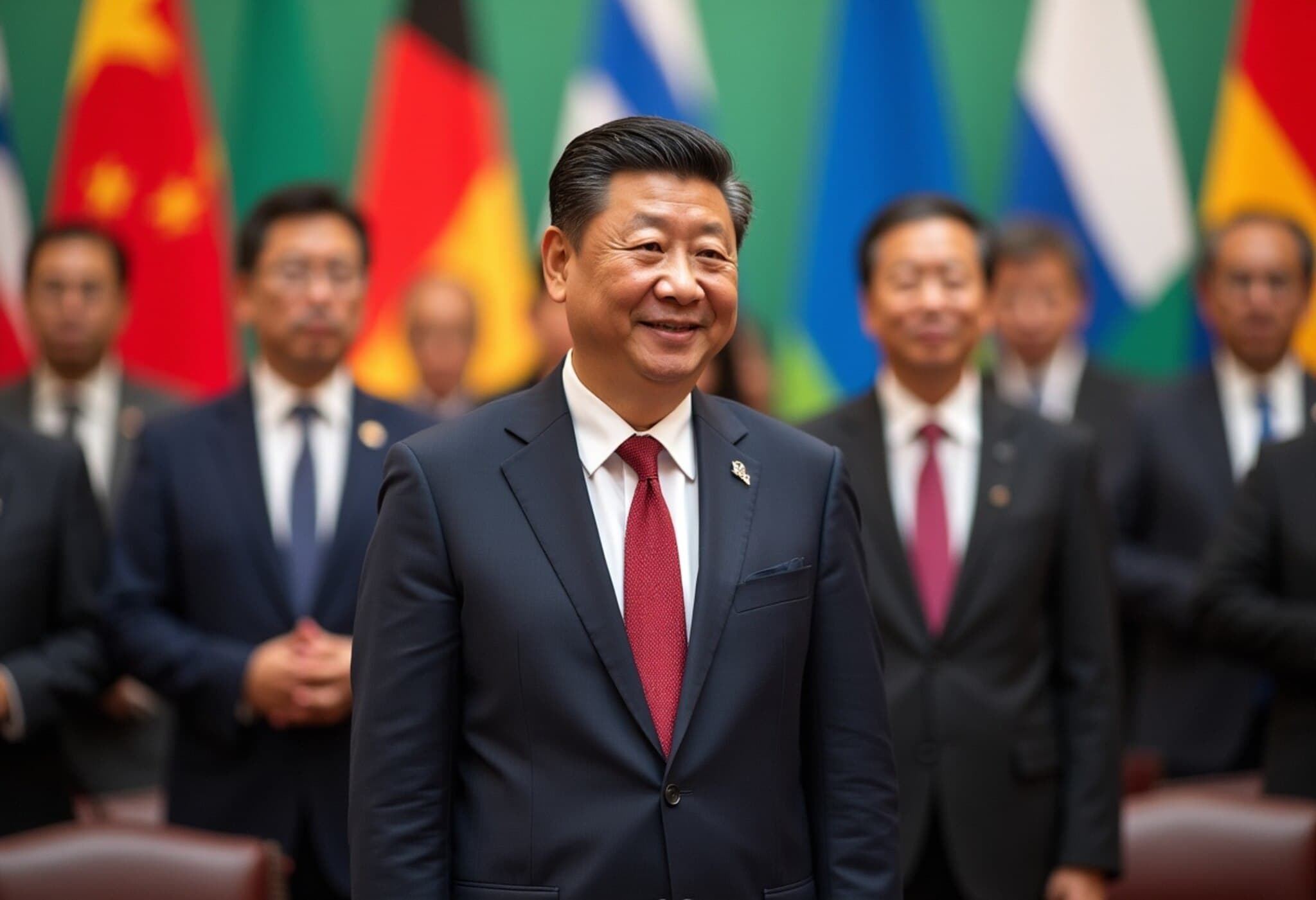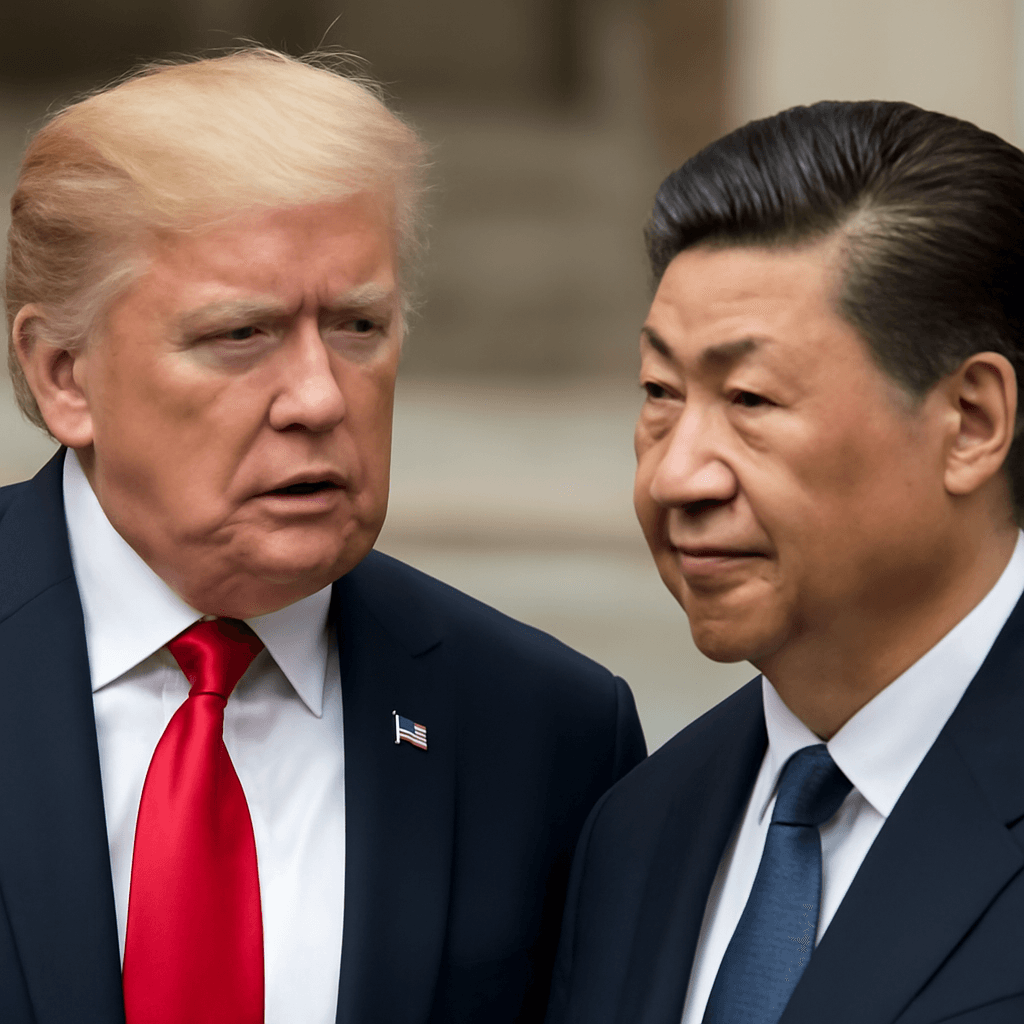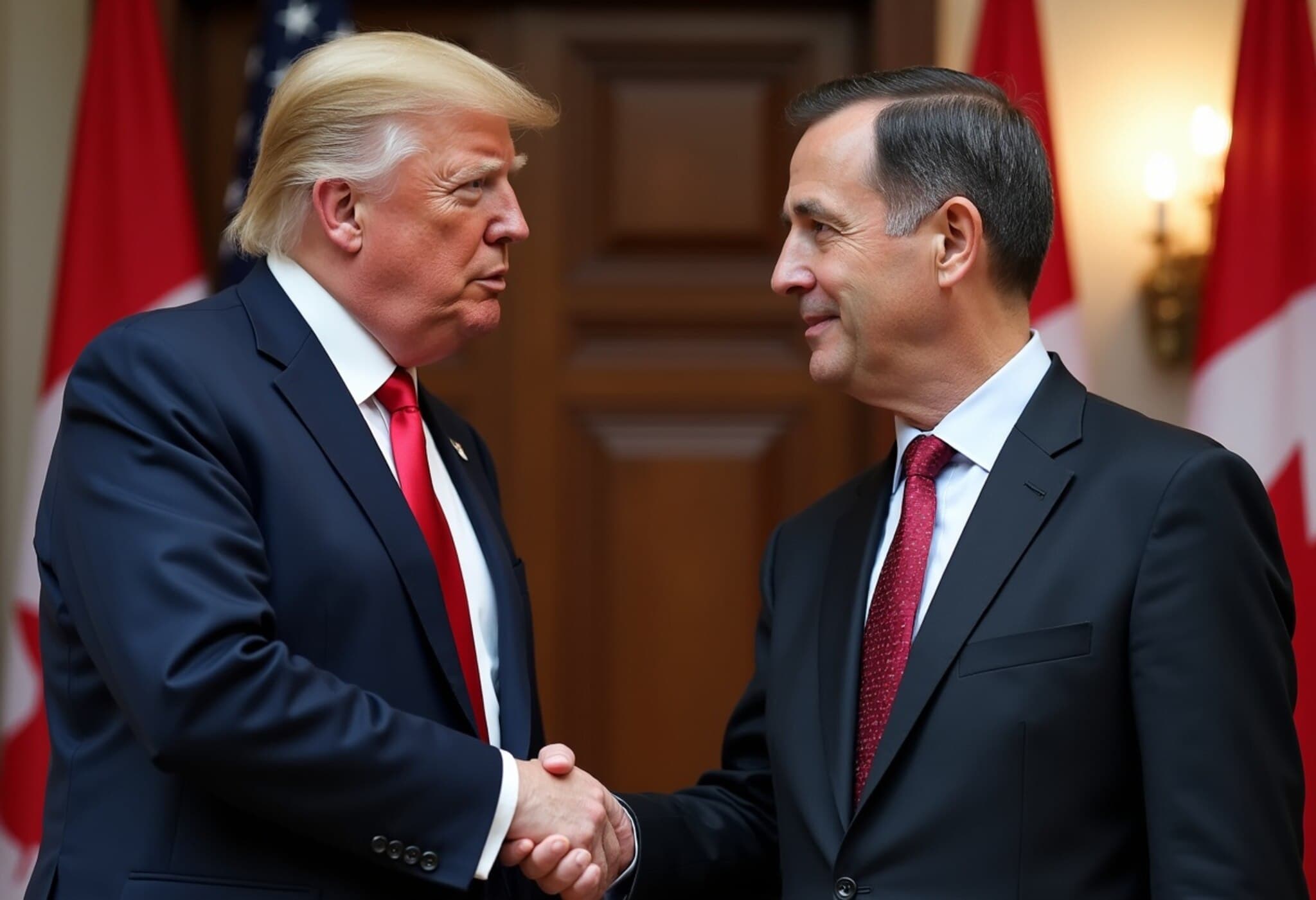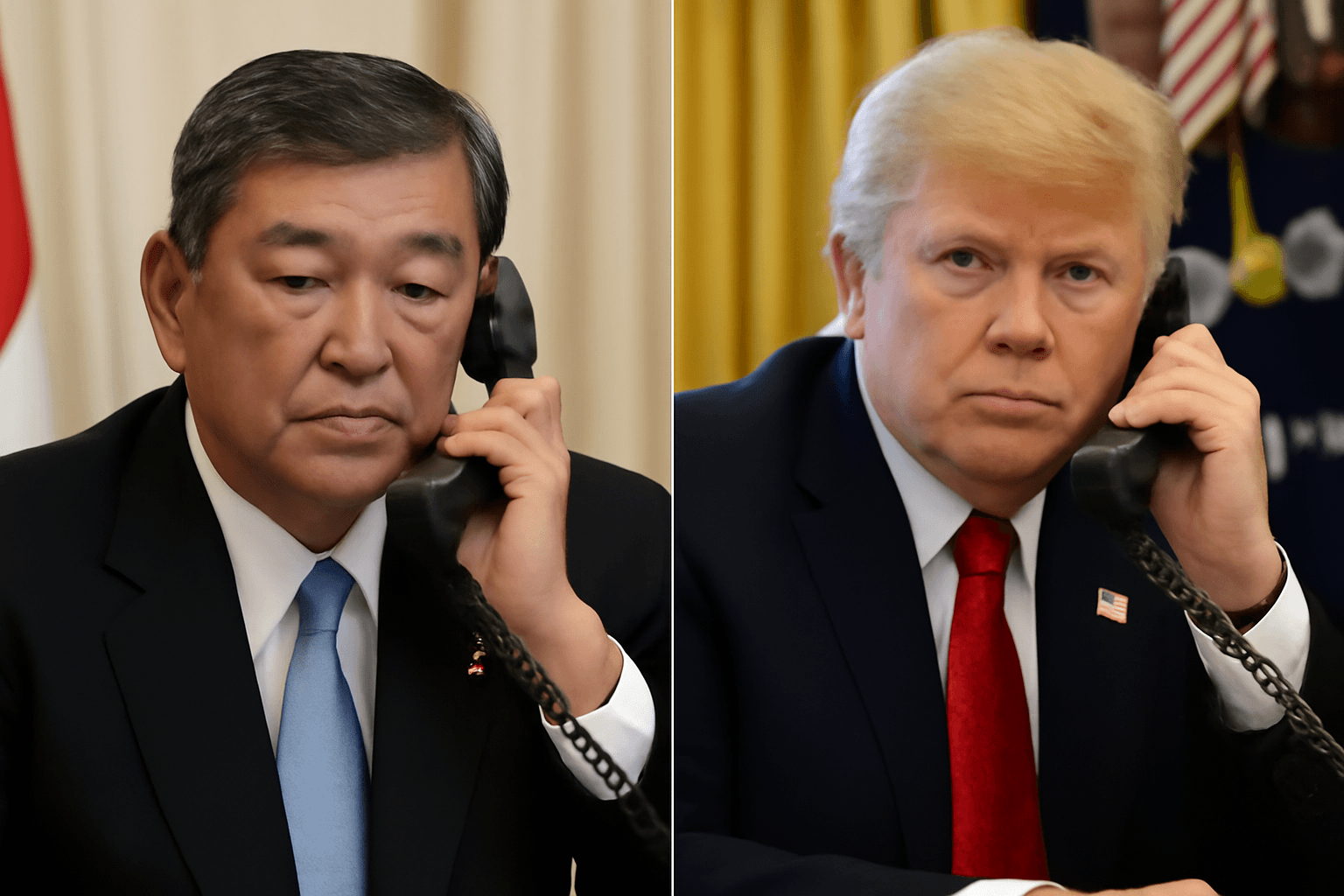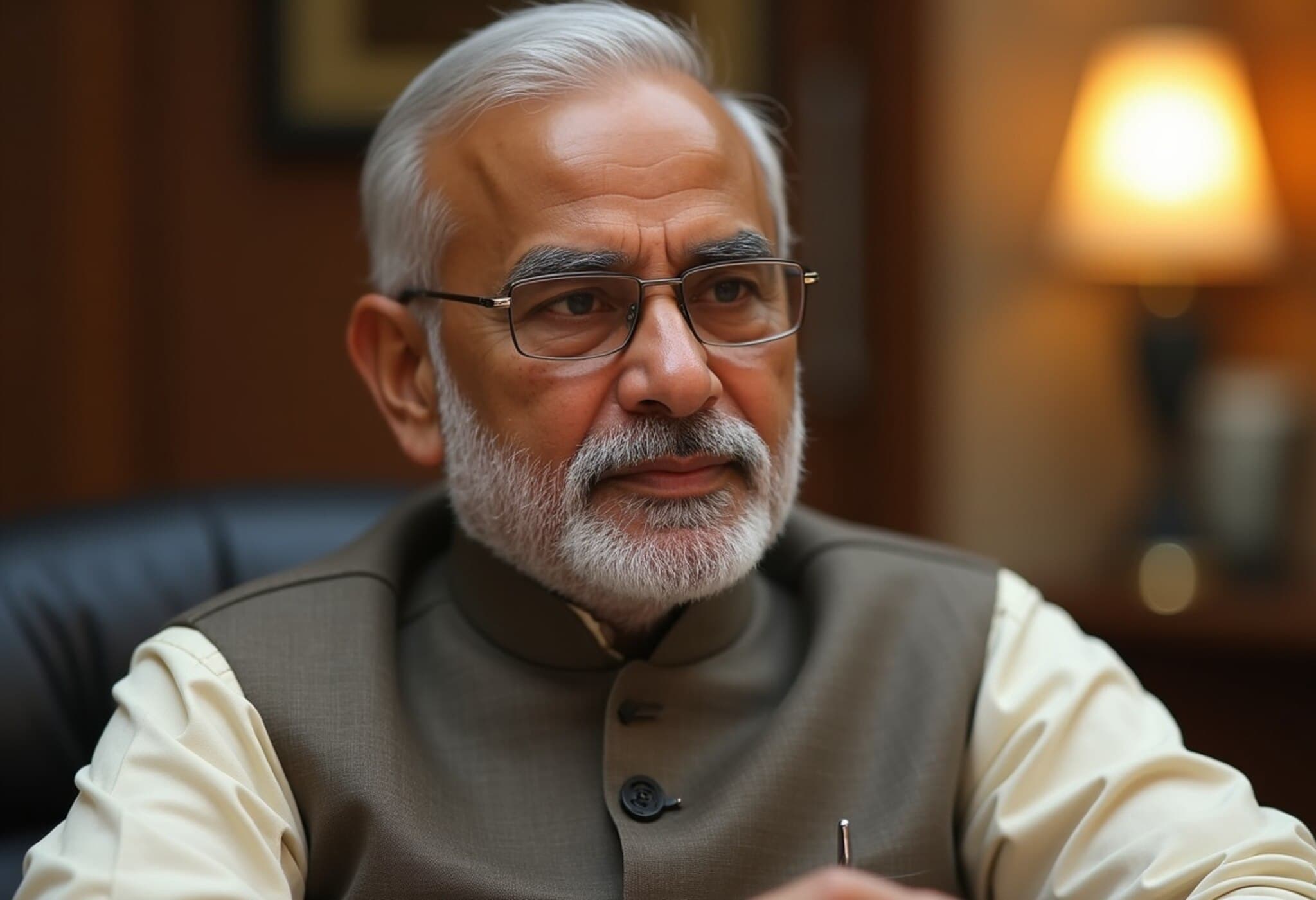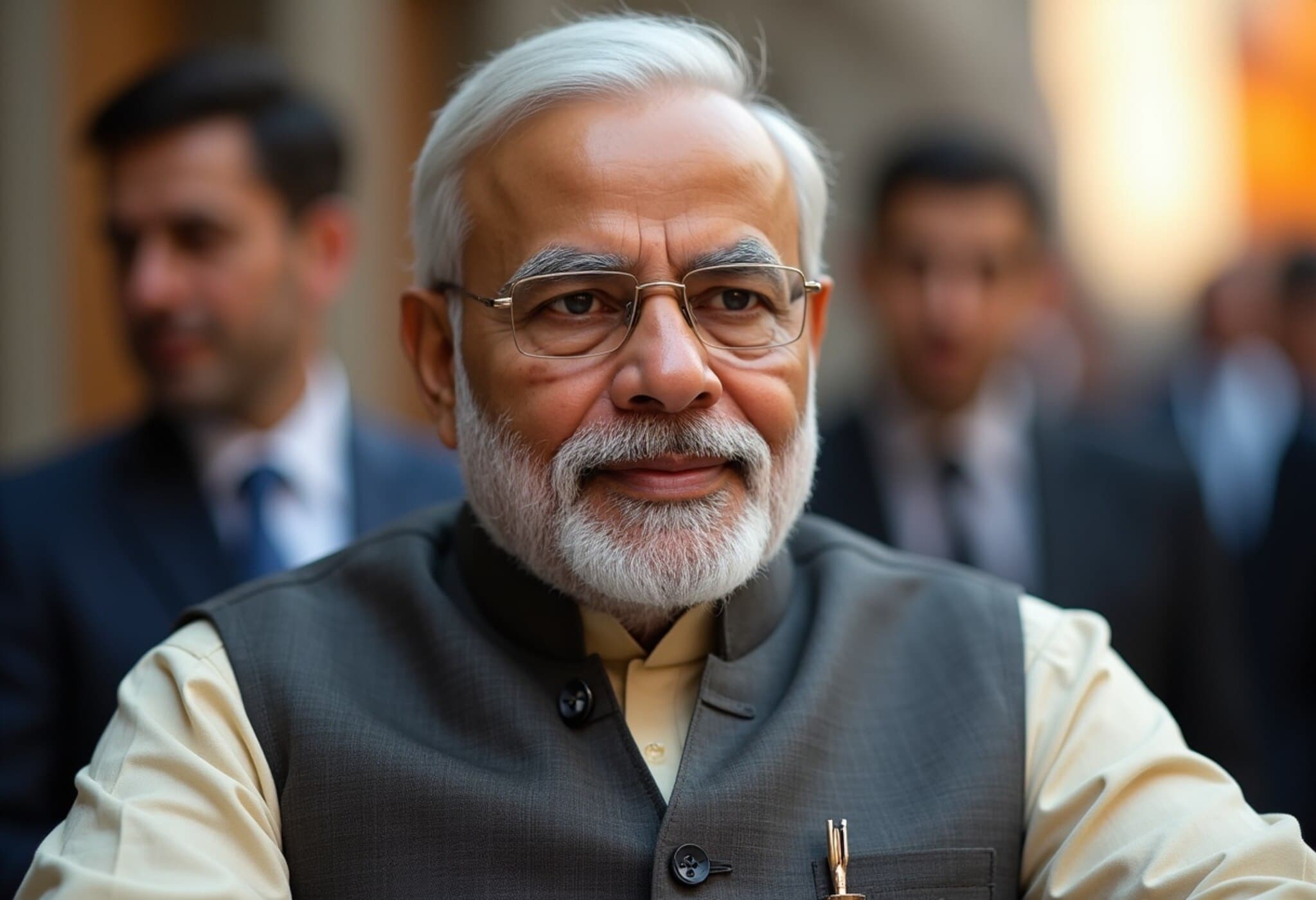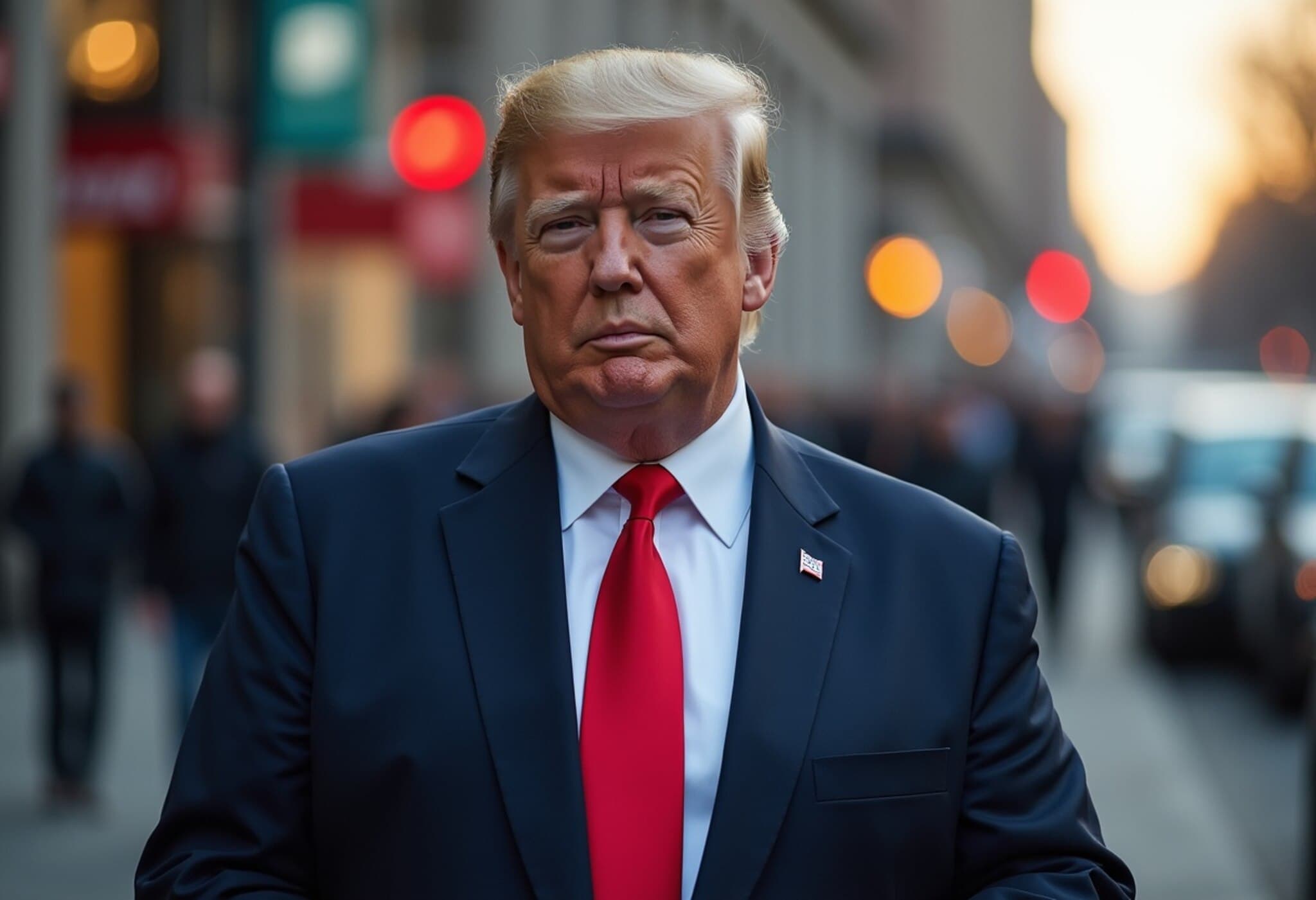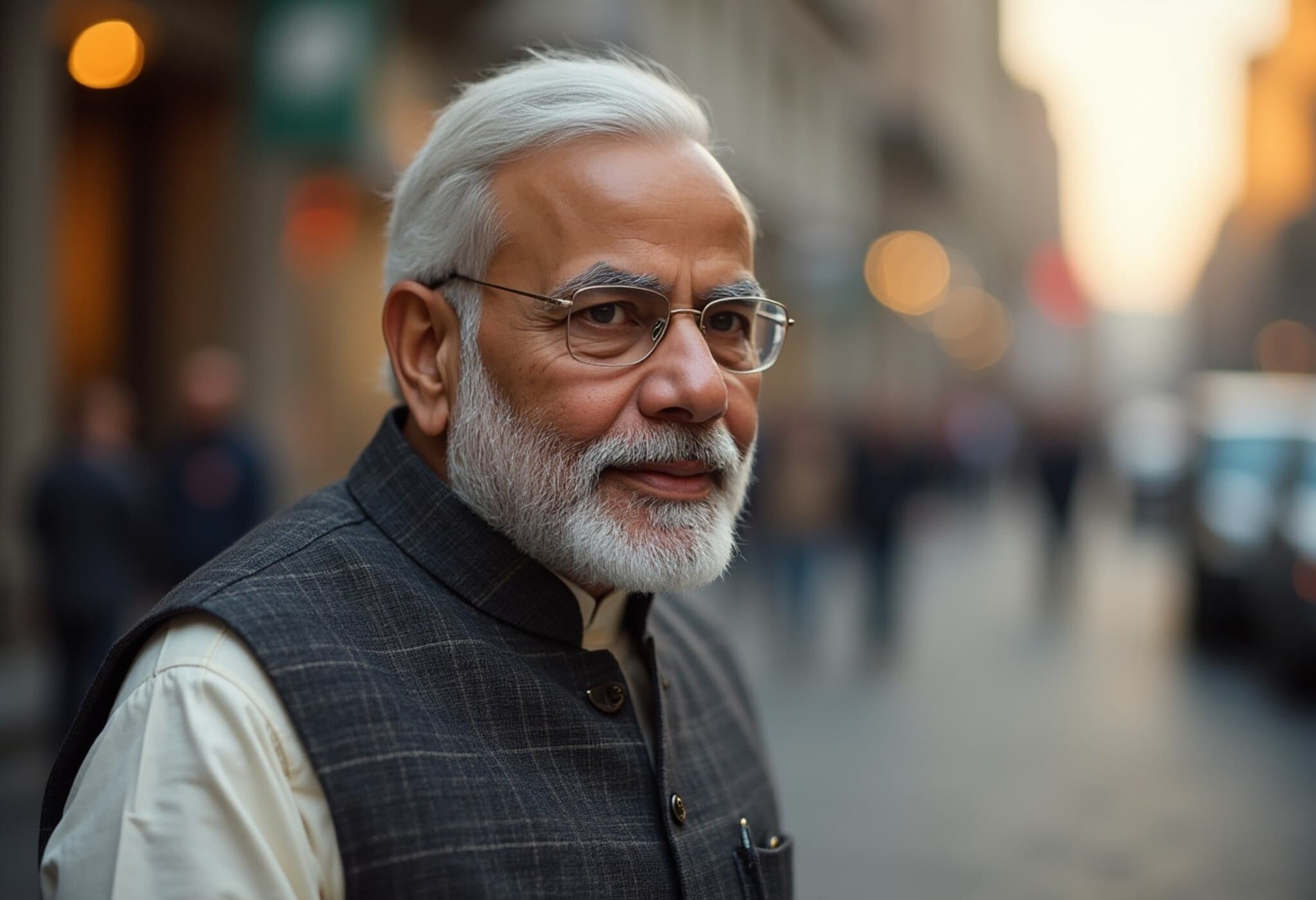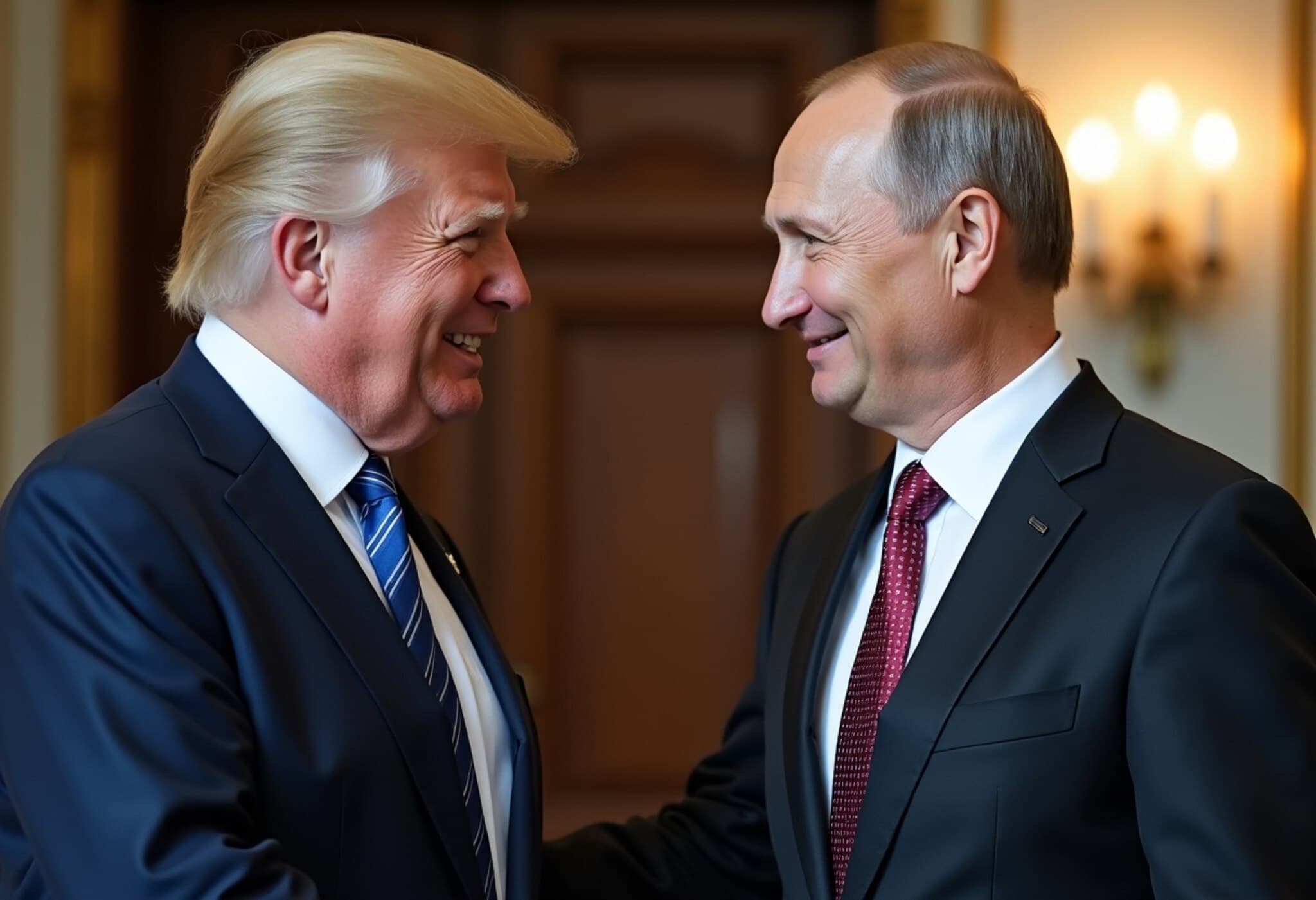Modi Assures Support for Small Businesses and Farmers Ahead of US Tariffs
On August 25, 2025, just two days before the United States is set to impose punitive tariffs on Indian goods, Prime Minister Narendra Modi addressed a crowd in Ahmedabad's Nikol area, pledging steadfast support for India's small entrepreneurs, farmers, and livestock rearers. Responding to looming international economic pressures, Modi emphasized that India will not only withstand these challenges but also fortify its economic resilience.
Facing the US Tariff Threat Head-On
The upcoming 50% tariff, announced by the Trump administration, is primarily a response to India’s decision to continue purchasing Russian oil despite international sanctions. US Vice President J.D. Vance recently described this measure as "aggressive economic leverage" aimed at limiting Russia's oil revenues and pressuring Moscow to end its military operations in Ukraine.
Without directly referencing the United States, Prime Minister Modi remarked on the prevailing global landscape: "Today, the world is witnessing the politics of economic self-interest, where every nation looks out for itself. India sees this clearly."
He assured citizens from his home state, Gujarat, that the protection and welfare of small entrepreneurs, shopkeepers, farmers, and livestock rearers remain his administration's highest priority. Modi declared, "No matter how much pressure comes, we will keep increasing our strength to withstand it."
Investing in Local Infrastructure and the “Make in India” Drive
In a parallel move to bolster domestic growth, the Prime Minister inaugurated, laid the foundation stones for, and dedicated projects worth over ₹5,400 crore across Ahmedabad and Gujarat. This includes significant railway projects valued at more than ₹1,400 crore, which aim to improve connectivity and spur economic development within the region.
Modi also reinforced the importance of economic self-reliance through the Swadeshi and Atmanirbhar Bharat campaigns, urging citizens to prioritize "Make in India" products to build a stronger, more resilient economy. He highlighted Gujarat's pivotal role in this mission, crediting two decades of determined effort that have powered the state's vibrant industrial landscape.
Contextualizing the Impact on India’s Economy
India’s economic ties with the US have been increasingly fraught due to geopolitical tensions, particularly involving energy imports from Russia. The tariffs could impact a variety of sectors, especially small-scale exporters who may face higher costs and reduced market access. Modi’s pledge signals a government intent on cushioning these vulnerabilities through policy initiatives and local investment.
Economists suggest that while the tariffs present short-term hurdles, India's push toward self-sufficiency and diversified trade relationships may ultimately strengthen its economic autonomy. However, critical questions remain about the efficacy of these protections for small entrepreneurs, especially in the context of global supply chain realignments and competitive pressures.
Underreported Perspectives
- Secondary Tariffs and International Diplomacy: The use of secondary tariffs underscores a growing trend in economic statecraft that extends pressure beyond immediate policy targets, affecting allied and trading nations indiscriminately.
- Small Business Vulnerability: While the government promises protections, the challenges small exporters face in navigating increased compliance costs and market shifts deserve closer scrutiny.
- Regional Economic Disparities: Gujarat’s dynamic growth contrasts with less developed regions that may not have the same capacity to absorb shocks, raising questions about inclusive economic resilience across India.
Expert Commentary
Dr. Anjali Sharma, a trade policy analyst at the Indian Council for Research on International Economic Relations (ICRIER), notes, "Modi’s commitment to small businesses is politically vital and economically sound, but the administration must back its words with targeted financial aid, export incentives, and market diversification strategies."
Editor's Note
As geopolitical tensions reshape global trade patterns, Prime Minister Modi’s call to strengthen India’s economic fortitude resonates deeply. However, the unfolding tariff scenario reveals larger questions: Can India’s domestic policies truly shield its vulnerable sectors, or will the realities of interconnected economies expose gaps? The emphasis on Swadeshi and Atmanirbhar Bharat is timely, yet balancing protectionism with global engagement remains a delicate art.
Readers and policymakers alike should follow developments closely, considering how these economic pressures might accelerate India’s journey toward sustainable self-reliance while testing the resilience of its small entrepreneurs and farmers on the international stage.

